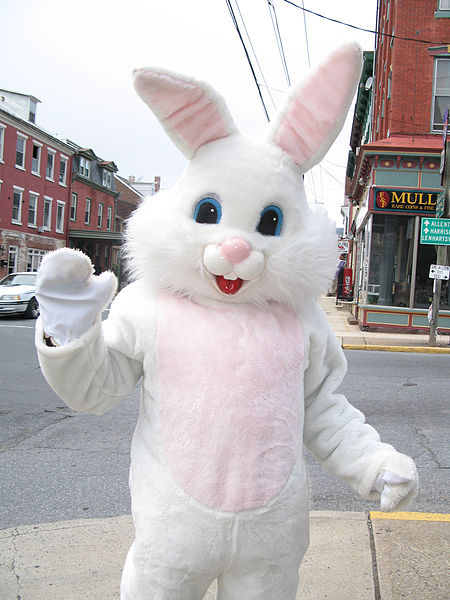
I was at the Altamont Free Festival back in the late nineteen sixties. You know, the legendary celebration held in the south end of Frackville. How did I hear about it? Well, I was sitting at the counter at Phaon’s Diner waiting for my scrapple breakfast, listening to my Toshiba transistor radio which was tuned to the WPPA Sunday morning Polka show. It was difficult to hear polka music in my native west end of the county so I had to set the radio next to the window to get clearer reception. That is when I first heard that a free concert was planned to be held in Altamont with an intoxicating line -up of the county’s best bands. Later Yak Tam Billy Urban made the same announcement on WMBT, the station that played progressive polka music.
-up of the county’s best bands. Later Yak Tam Billy Urban made the same announcement on WMBT, the station that played progressive polka music.
 -up of the county’s best bands. Later Yak Tam Billy Urban made the same announcement on WMBT, the station that played progressive polka music.
-up of the county’s best bands. Later Yak Tam Billy Urban made the same announcement on WMBT, the station that played progressive polka music. I knew it would a once-in-a-lifetime experience. I had to go to Altamont and be part of the county’s musical history. Just think about it, the Jordan Brothers, The Other Side, Lil’ Andy, Tony Karpee, The Schuylkill Haven Belvederes’ Drum & Bugle Corp, Big Barrel Emil Simodejka, Buddy Widel Trio, The Individuals, and so many others, all on one stage...and for free. The event would go down in Schuylkill County musical mythology.
It would be three days of peace and love in “The Mountain City.”
Before I tell you of the festival, I want you all to know that while my musical taste was based in “underground” Polka music, I was open-minded to listening to other forms of music. Underground polka music is the edgy polka music that did not have a mainstream following. Traditional polka music could be heard on the Lawrence Welk Show but I preferred the raw energy heard at the Bavarian Festival in Barnesville. The best polka music was not the sappy, upbeat, happy Myron Floren-variety, but rather the type of polka that reflected the dismal lifestyle of many of our county youths. This music circled itself around both aggression and crime (as found in the lyrics of “Who Stole the Keeshka?”) and misogyny ( “She’s Too Fat Polka”- utterly offensive to Rubenesque women). As an angry white boy, it was the music that spoke to me…it was both the music that annoyed anyone over thirty and was also the music to allow me to “get jiggy with the ladies.”
While polka music was unheard of in my native Pine Grove, misogynistic lyrics were not. In fact the west end “Hoe Down” music was notorious and the subject of a Grand Jury Probe on obscenity in the record industry. That will be a story for another day.
I was attracted to this new, high-energy polka music with its pulsating 2/4 beat, and I remained an underground polka aficionado for many, many years - a regular on the polka party club scene that flourished in the clandestine, boilo-fueled houses of northern Schuylkill county. I longed for those twelve hours of non-stop musical bliss. Minersville was a Mecca for polka clubbers like myself, where the all-night DJs would play the latest Jimmy Sturr, Frankie Yankovic, Stanky and Eddie Blazonczk albums for the revelers, remixing polka tracks in and out of each other. Some of these house DJs became celebrities in their own right; Jouz Cabachi, from WPPA, is one name that comes to mind. This legendary figure turned polka turntablism into an art form by beat mixing, matching and scratching, exploring the repetition and altering rythms of polkas, obereks, mazurkas and czardashes. Yes ear-shattering clarinets, accordians, alto saxes and trumpets all blending together! What a time to be alive! Stomping on people’s feet! Frantically pushing and shoving into the swirling crowd as if it was an out of control rugby game! Full-figured factory girls in their stretch pants seductively removing their babushkas and throwing them into the crowd; all the while the energy was fed by kielbassi and pierogies, washed down with boilo, Columbia beer and Kaier’s ale.
Whoop-I, Shupp-I!

Of course, we got criticism from our elders, as there were many injuries, mainly broken toes. Soon safety codes were enforced at the clubs due to the public outcry. The Bavarian Festival was shut down and many of the clandestine clubs turned themselves into respectable parking lots that began appearing in the area in the nineteen seventies.
I will have to tell you about the Altamont Festival some other time.
I will have to tell you about the Altamont Festival some other time.



